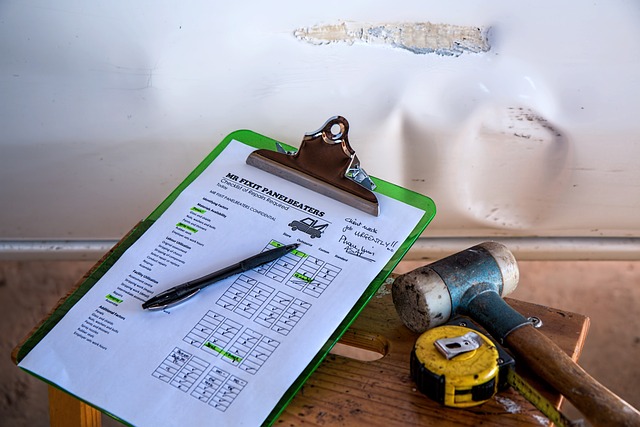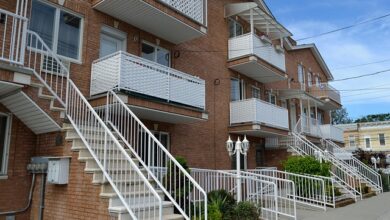Understanding Flood Insurance in Canada: Is It Worth It?

In recent years, Canada has experienced an increase in severe weather events, including floods, which have caused significant damage to homes and properties across the country. From overflowing rivers to urban flash floods, these natural disasters can wreak havoc on communities, leaving homeowners to grapple with costly repairs and recovery efforts. While traditional home insurance policies typically exclude flood damage, specialized flood insurance has emerged as a potential solution. But is it worth the investment? In this article, we’ll explore what flood insurance covers, who needs it, and whether it’s a smart choice for Canadian homeowners.
1. What Is Flood Insurance?
Flood insurance is a type of coverage designed specifically to protect homeowners and renters from financial losses caused by flooding. Unlike standard home insurance, which often excludes water-related damages (such as overland flooding or sewer backups), flood insurance provides compensation for:
- Overland Flooding: Water entering your home from external sources like rivers, lakes, or heavy rainfall.
- Sewer Backup: Overflow from municipal drainage systems that enters your home through toilets, sinks, or basement drains.
- Surface Water: Accumulation of water on the ground that seeps into your property.
Flood insurance can cover both structural damage (e.g., foundation repairs) and contents (e.g., furniture, electronics).
2. Why Is Flood Insurance Important in Canada?
Canada’s changing climate has led to more frequent and severe flooding, making it a growing concern for homeowners. Key reasons why flood insurance is becoming increasingly important include:
- Increased Risk of Flooding: Urbanization, melting snow, and intense rainstorms have heightened the risk of flooding in many regions, even those not historically prone to such events.
- High Repair Costs: The cost of repairing flood damage can be astronomical, especially if it affects the foundation or requires mold remediation.
- Limited Coverage in Standard Policies: Most home insurance policies do not cover overland flooding or sewer backups unless explicitly added as endorsements, leaving homeowners vulnerable.
Without flood insurance, you could face significant out-of-pocket expenses after a disaster.
3. Who Needs Flood Insurance?
Not every homeowner requires flood insurance, but certain individuals and households are at higher risk and should strongly consider it:
- Residents in High-Risk Areas: If you live near bodies of water, low-lying areas, or regions with poor drainage systems, your risk of flooding is elevated.
- Urban Dwellers: Cities with aging infrastructure may experience sewer backups during heavy rains.
- Homeowners in New Risk Zones: Climate change has created new flood-prone areas. Even if your neighborhood hasn’t flooded before, it’s worth checking updated flood maps.
- Renters: While renters don’t need to insure the structure itself, they can purchase flood insurance to protect their belongings.
To determine your risk level, consult resources like the Flood Hazard Identification and Mapping Program or speak with your local municipality.
4. How Much Does Flood Insurance Cost?
The cost of flood insurance varies based on several factors, including:
- Location: Properties in high-risk flood zones will pay higher premiums.
- Coverage Limits: Higher coverage amounts result in increased costs.
- Deductibles: Choosing a higher deductible lowers your premium but means paying more out-of-pocket in the event of a claim.
- Type of Coverage: Overland flood coverage tends to be pricier than sewer backup coverage due to the broader scope of risks involved.
On average, flood insurance in Canada can range from $200 to $1,500 annually, depending on the specifics of your policy. While this may seem expensive, it pales in comparison to the potential costs of flood damage, which can easily reach tens of thousands of dollars.
5. Pros and Cons of Flood Insurance
Before purchasing flood insurance, weigh the advantages and disadvantages to decide if it’s right for you.
Pros:
- Financial Protection: Covers costly repairs and replacements, reducing stress during recovery.
- Peace of Mind: Knowing you’re protected against unexpected flooding can provide reassurance, especially in high-risk areas.
- Prevents Debt: Without insurance, you might need to take out loans or dip into savings to cover flood-related expenses.
Cons:
- Cost: Premiums can add up, particularly for those in high-risk zones.
- Exclusions: Some policies may have limitations, such as waiting periods for claims or exclusions for certain types of water damage.
- Availability: Not all insurers offer flood insurance, and options may be limited depending on where you live.
6. Alternatives to Flood Insurance
If flood insurance isn’t feasible for your budget or situation, there are alternative steps you can take to mitigate risks:
- Install Preventative Measures: Invest in sump pumps, backwater valves, and proper grading around your home to reduce the likelihood of water ingress.
- Emergency Fund: Set aside savings specifically for disaster recovery.
- Government Assistance Programs: In some cases, federal or provincial aid may be available following major flooding events, though it’s often insufficient to fully cover damages.
While these measures can help, they don’t replace the comprehensive protection offered by flood insurance.
7. How to Choose the Right Flood Insurance Policy
When shopping for flood insurance, keep the following tips in mind:
- Assess Your Risk: Understand your property’s susceptibility to flooding using tools like flood maps or consultations with experts.
- Compare Quotes: Obtain quotes from multiple providers to ensure you’re getting competitive rates.
- Read the Fine Print: Pay attention to coverage limits, exclusptions, and any conditions that might affect your ability to file a claim.
- Bundle Discounts: Some insurers offer discounts if you combine flood insurance with other policies, such as home or auto insurance.
- Work with a Broker: An independent broker can help you navigate complex policy details and find the best option for your needs.
8. Is Flood Insurance Worth It?
Ultimately, whether flood insurance is worth it depends on your individual circumstances. Consider the following scenarios:
- High-Risk Areas: If you live in a flood-prone region, flood insurance is almost always worth the investment. The potential cost of flood damage far outweighs the annual premium.
- Moderate-Risk Areas: Even if your area isn’t considered high-risk, unpredictable weather patterns make flood insurance a prudent safeguard.
- Low-Risk Areas: For properties in very low-risk zones, the decision becomes more nuanced. However, given the increasing frequency of extreme weather, it’s worth considering as a precautionary measure.



